Technological frontier
Aquaculture Frontier's 9th Annual Meeting of Shrimp Farmers

From December 9th to 13th, 2020, I went to Zhanjiang, Guangdong, the place where China's shrimp farming industry started to flourish in the south, and participated in the 9th Annual Meeting of Shrimp Farmers hosted by Aquatic Frontier Magazine. With the theme of "The Next Ten Years", the network gathered elites from all walks of life in the shrimp industry chain to discuss issues such as cutting-edge breeding and seedling technology, new feed formulations, new testing methods, new breeding models, and new disease prevention and control technologies for Penaeus vannamei. It is very beneficial, I have selected a few reports of interest to share with you.
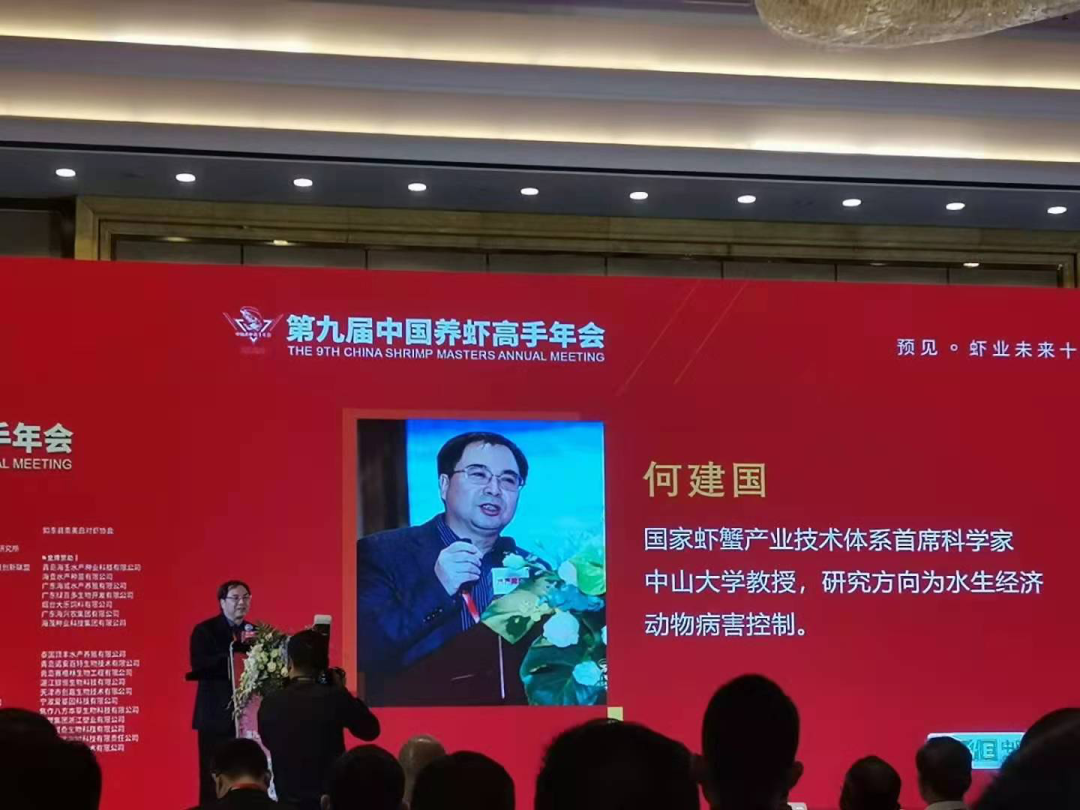
"Prevention and Control Technology of Main Shrimp Diseases and Future Development Direction" - He Jianguo Chief Scientist of National Shrimp and Crab Industry Technology System
Taking 2019 as an example, the national production capacity of Penaeus vannamei seedlings was about 700 billion (about 350 billion for good seedlings and about 350 billion for soil seedlings), but more than 400 billion were lost due to diseases. We believe that the integration of infrastructure + improved seeds + breeding mode + high-quality feed + disease prevention and control + breeding management technology is the main way out for shrimp breeding in the future. "Decide the amount of seedlings to be put in. It is suggested that a four-level water treatment system should be constructed for aquaculture water, and the aquaculture water treatment system occupies two-fifths of the aquaculture area. Timely sewage discharge, high dissolved oxygen, supplementation of microalgae nutrients, and aquaculture systems are the keys.
In the future, we believe that there are mainly two types of breeding models. One is the ecological breeding model based on the ecological disease prevention and control technology; Ecological farming on large water surfaces tends to be more based on ecosystem farming based on disease prevention and control (building a farming ecosystem based on food webs and material flows, building a farming ecosystem based on ecological disease prevention and control technologies, and farming is more stable and precise); small water surfaces Ecological breeding tends to be more engineering transformation and intensive breeding (reconstructing an engineered breeding system based on disease prevention and control theory and technology, and breeding tends to be more stable and precise); intensive breeding will rely more on engineering technology and standardized management ( The breeding process is more dependent on engineering technology, the use of SPF seedlings that grow fast, the need to eliminate all organisms in the water for aquaculture, the removal of nutrients and particulate matter in the water, and the water quality control products that can eliminate particulate matter in aquaculture water in a timely manner, with stable and efficient quality, etc.) .

《Solution to "Stolen Dead, White Defecation" of Prawns Caused by Vibrio 》
—Guan Zhuoxiong Technical Manager of Shanghai Green Austrian Biotechnology Co., Ltd.
Vibrio disease is one of the most common and serious diseases affecting shrimp aquaculture. The symptoms are generally red legs, yellow gills, rotten tail, rotten eyes, crustacean ulcers, and white turbid muscles, often accompanied by sepsis. How to prevent and control Vibrio and white stool problems? Shanghai Green Austrian Biology proposes to control Vibrio through the entire industrial chain and the whole process, and develops "AB bacteria" suitable for the whole process of sea and freshwater aquaculture and nursery period, which can effectively reduce the harmfulness of Vibrio and Aeromonas in aquaculture. bacteria. Regarding "white stool", Guan Zhuoxiong summed up the principle of "focusing on nutrition from the inside, water transfer from the outside, prevention first, and prevention first without disease". Only by improving the physique of prawns, improving and optimizing the water environment, and cutting off the transmission route of pathogens, can we achieve the purpose of eliminating "white stool" and treating "white stool".
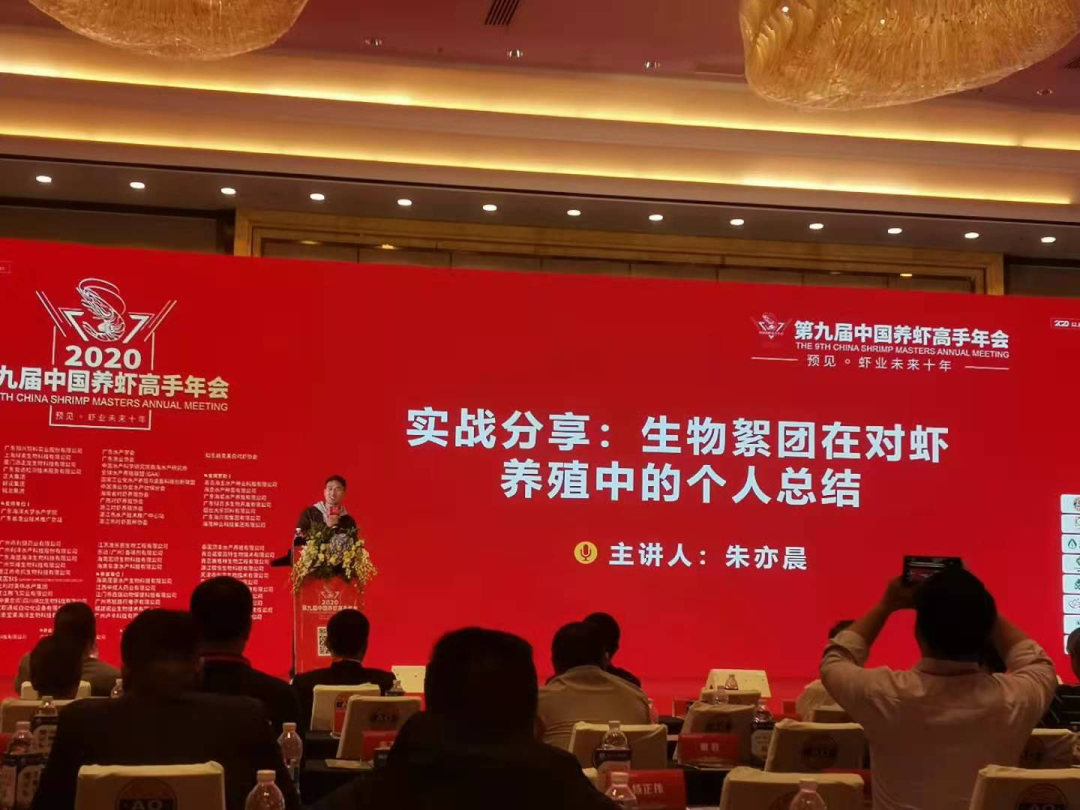
"Personal Summary of Biofloc in Shrimp Farming" - Zhu Yichen, master of shrimp farming, master of aquaculture department of Shanghai Ocean University
The premise of applying biofloc technology is not to be superstitious about this technology, and don't think that it will definitely bring high returns to shrimp farming; secondly, to have the means to monitor ammonia nitrogen and sub-salt; thirdly, to face up to the central Asia of bioflocculation In the presence of salt, a certain concentration of nitrite is maintained in the system to allow nitrifying bacteria to grow. The higher the salinity, the stronger the tolerance of shrimp to nitrite. The alarm concentrations of ammonia nitrogen, sulfite and nitramine in the system were 2.00mg/L, 0.20mg/L and 220mg/L, respectively.
In terms of application, Zhu Yichen suggested adding in the early stage to allow the rapid growth and reproduction of heterotrophic bacteria and producing biological flocs; in the middle stage, stop adding carbon sources and wait patiently for the growth of nitrifying bacteria; in the later stage, the nitrification system should be stabilized to stabilize the water quality and allow breeding The process is smoother.
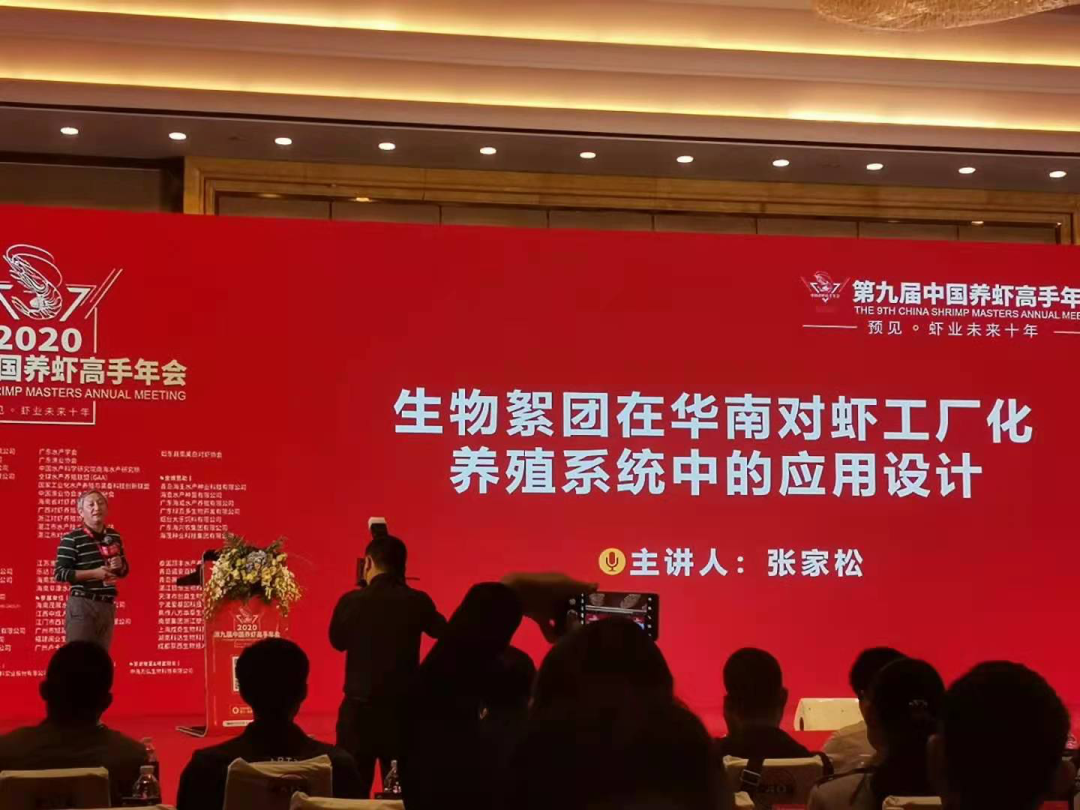
《Application Design of Biofloc in South China Shrimp Factory Culture System》
——Zhang Jiasong Researcher, South China Sea Fisheries Research Institute, Chinese Academy of Fishery Sciences
The breeding workshop also needs to consider the policy red line of land hardening, investment size, rain and wind protection, heat preservation and heat resistance, light intensity and other key points. It is believed that the indoor runway-type aquaculture system with the characteristics of oxygenation, water pushing and suspended flocs is more suitable for the current aquaculture needs. The adjustment of carbon-nitrogen ratio is very important. It is necessary to increase the input C/N in the early stage of breeding to promote the proliferation of easy-to-support bacteria. The function of trophic and heterotrophic bacteria is adjusted according to the measured alkalinity and PH value. Bioflocs are at the heart of the efficient operation of a zero exchange aquaculture system. In addition, the perfect function of bioflocs requires perfect system design, and cannot be combined or improved simply by relying on existing equipment or foundations.
In addition, the number of flocs needs to be controlled in a reasonable amount. Too many flocs will block the shrimp gills, causing damage to the gill tissue, and the bacteria consume a lot of oxygen, which can easily lead to hypoxia in the shrimp. Based on the above considerations,. In addition, the ecological base + biofloc composite technology forms a new composite ecosystem in the form of biofilms and suspended flocs, which are related to each other in the vertical and horizontal directions, which can make the floc system more stable. Moreover, prawns should not only consider factory farming, but also consider industrial development, and combine industrial thinking with aquaculture. There is still a big gap between the current production model and the actual consumer market demand, and there is still a lot of room for the shrimp industry.
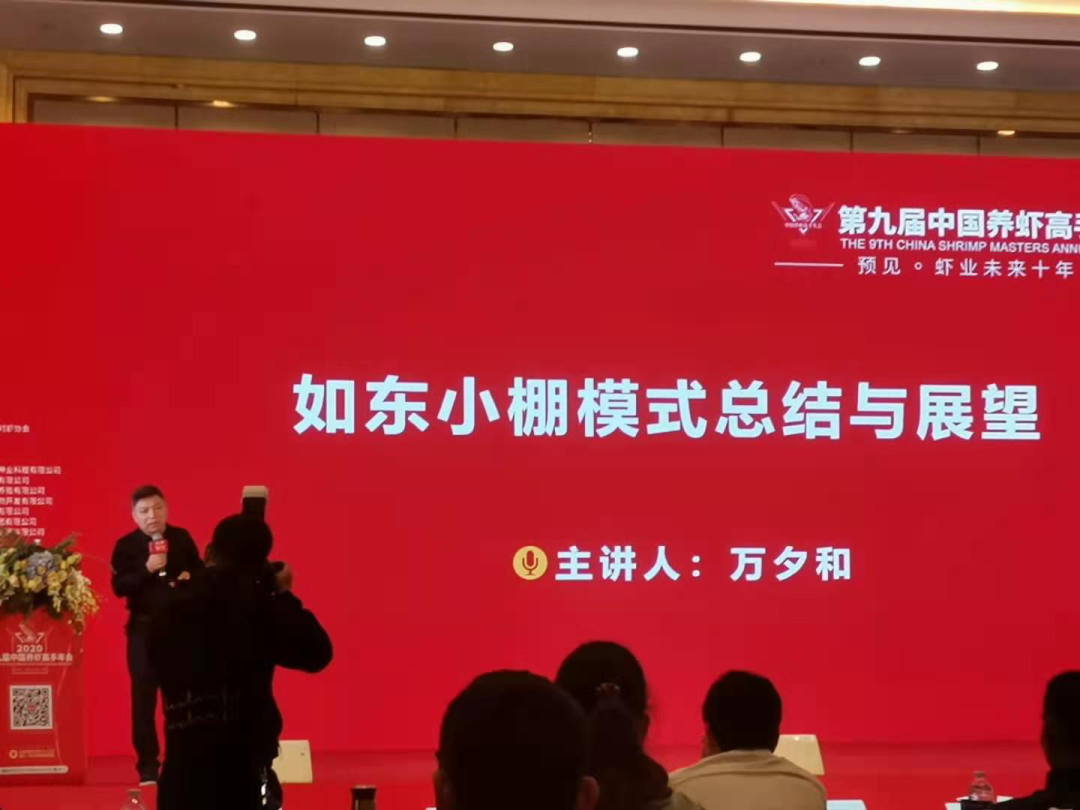
Summary and Prospect of Rudong Small Shed Model—Wan Xihe Researcher, Jiangsu Institute of Ocean and Fisheries
There are many successful points of the shed model, which can be summarized as follows: the groundwater is clean, and the water source is more assured; the water body has low salinity, which is suitable for South American shrimp; the natural muddy water is actually semi-flocculation; The system is easy to control; the pathogens are isolated, and the breeding disease is less; the environment is relatively independent, and the climate impact is small; the temperature is controlled in the small shed, and the breeding period is extended. Of course, there are also many problems in the shed model, including: 1. Substandard discharge of tail water 2. Shortage of groundwater resources 3. The quality of shrimp seed is uneven 4. Disease problems still exist Large-scale development is restricted by the land management system and policy 7. The layout needs to be further planned. 8. The negative impact is unilaterally expanded. In view of the above, the shed model also needs to think about the future development direction: standardization of breeding, coastalization of regions, parkization of management, branding of commerce, maturity of technology, nationalization of models, standardization of tail water discharge, and industrialization Develop high quality.
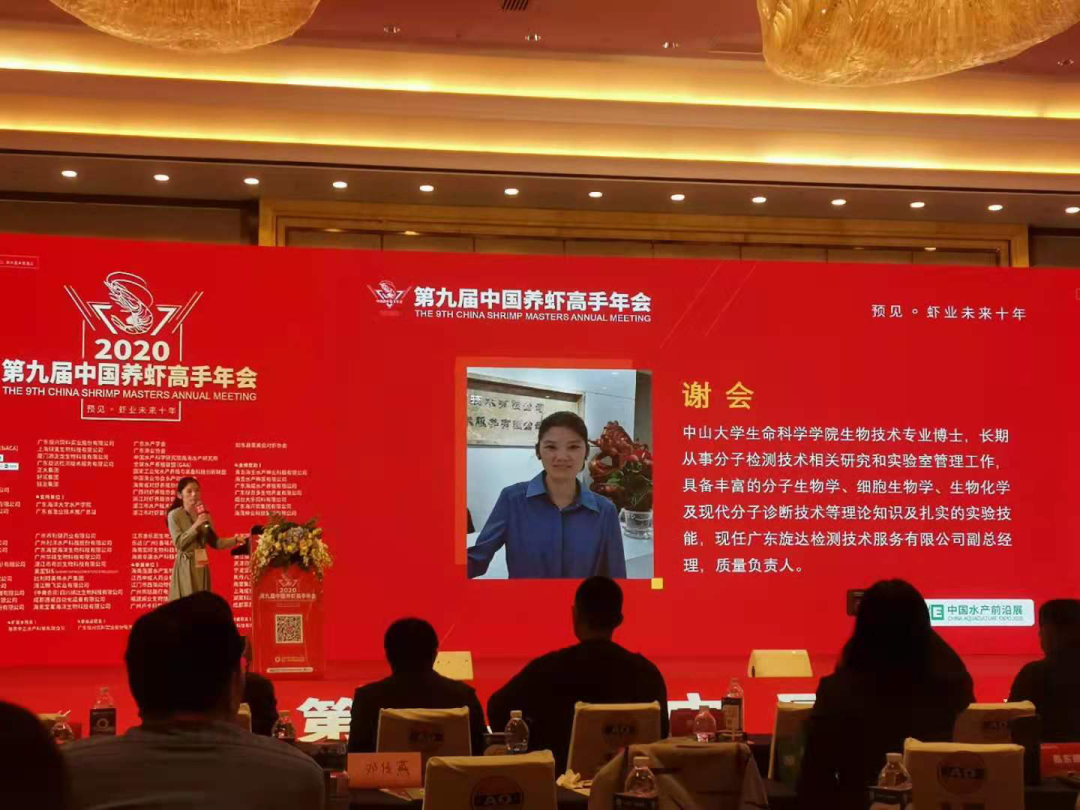
"Key Points of Laboratory Management for Primary Aquatic Disease Testing"
Xie Hui Deputy General Manager of Guangdong Xuanda Testing Technology Service Co., Ltd.
How can grass-roots aquatic disease testing laboratories improve and maintain their technical capabilities for testing? Xie Hui concluded that it is necessary to combine internal and external, and to supervise simultaneously. Internal control includes standardized sampling, selection of appropriate detection methods, setting up yin and yang experimental comparisons to ensure reliability, and rational use of re-inspection, etc. External management is through technical training, testing system diagnosis, laboratory level testing, etc. Spinda Testing has also researched and developed the "Xiaoxuan Butler" system, which can help grass-roots farmers or animal health stores to acquire and improve the ability to detect and diagnose diseases.
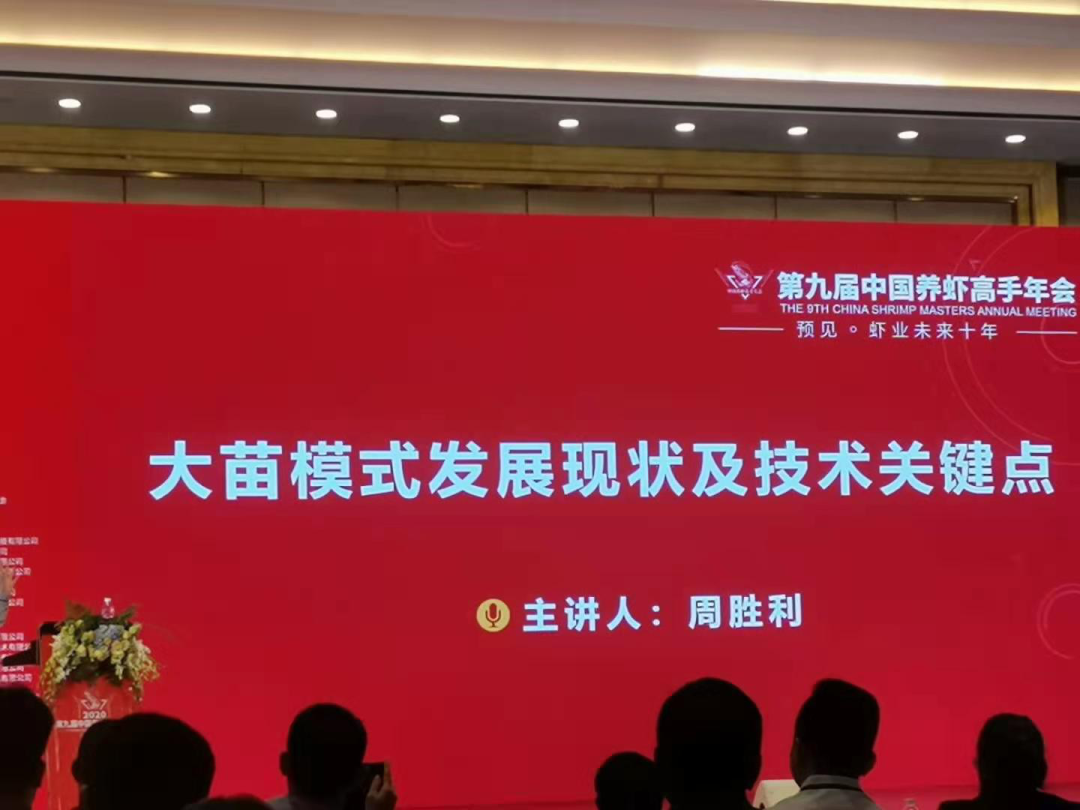
"Development Status and Technical Key Points of Damiao Model" - Zhou Shengli
General Manager of the Shrimp Industry Chain of Mingzhi Group
Choose to extend the standard thickness time to identify the good and bad shrimp fry, Ruifeng T20 shrimp fry was also born under this background. The technical points of Ruifeng’s selection of T20 shrimp fry are as follows: First, the selection of seeds is more accurate, and cooperation in the selection and research and development of shrimp in the seedling farm; second, the standard thickness is more refined, SOP standard roughness + biosecurity + three-level quality control; Third, the emergence of seedlings is more refined, and the detection technology service + traceability feedback system. At the same time, the key to the success of the seedling model lies in three principles: nutrition, feed determines management; water quality, detection guides production; decision-making, stop loss/profit and loss point.
Through this participation, I learned a lot of advanced shrimp farming concepts, made many friends in shrimp farming, seedling, feed, animal protection, and water treatment sectors, and I have more confidence in the future industrial farming of Panjin shrimp Now, there is a clearer direction for the company to develop the shrimp farming industry.
R&D Center: Xi Wenqiu

Guanghe crab rice home
WeChat ID : ghxiedaojia
This is a public account with a soul
▇ Scan the code to follow us